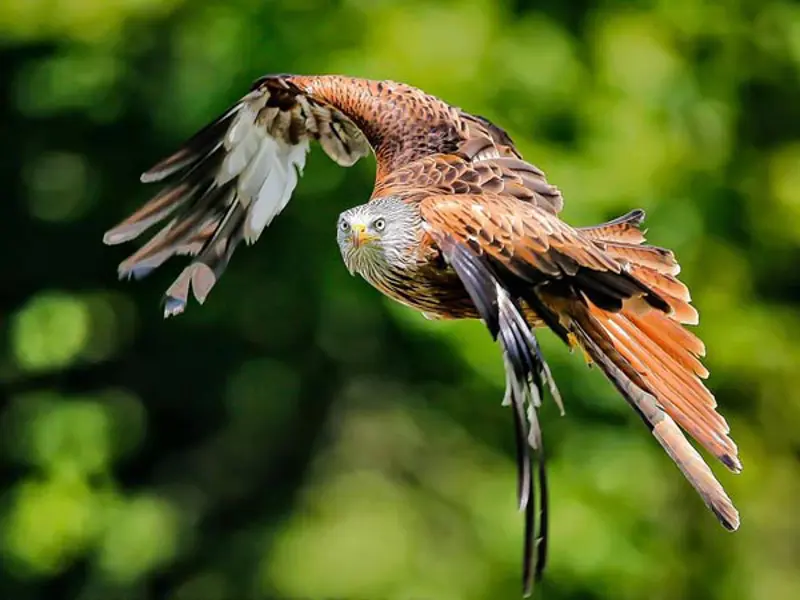“No one will protect what they don't care about; and no one will care about what they have never experienced.” — Sir David Attenborough

Red Kite
Salsa, Tabasco and Ketchup
Salsa, Tabasco and Ketchup - like all of our Red Kites - have been named after red foods. Tabasco and Ketchup are brothers who hatched on Star Wars Day 2022 (May 4th!). They can be seen in the flying displays swooping and diving to catch food in the air, demonstrating how kites eat on the wing. You can also fly a Red Kite in our group experiences or in our 'Feathers and Folklore' private experience.









